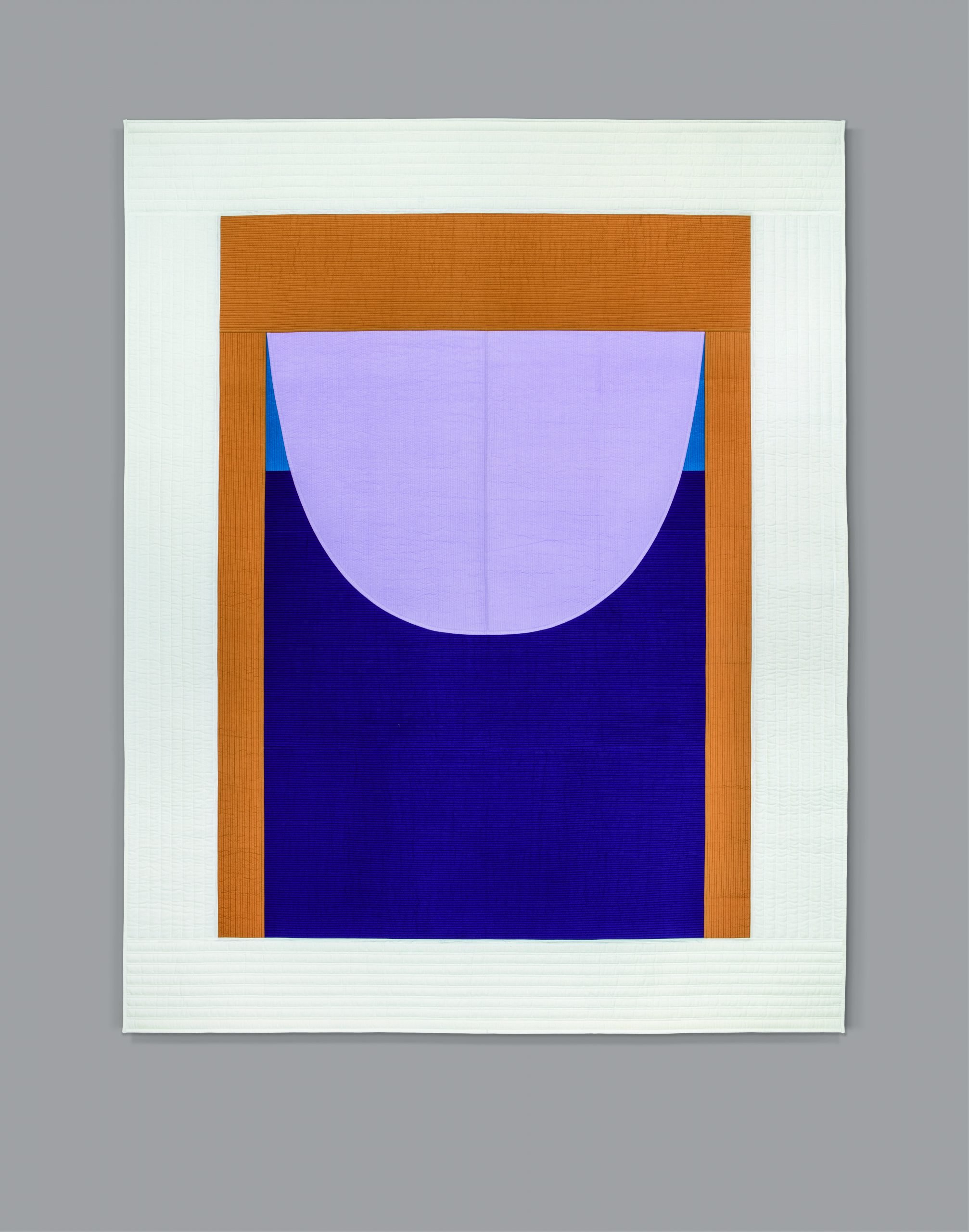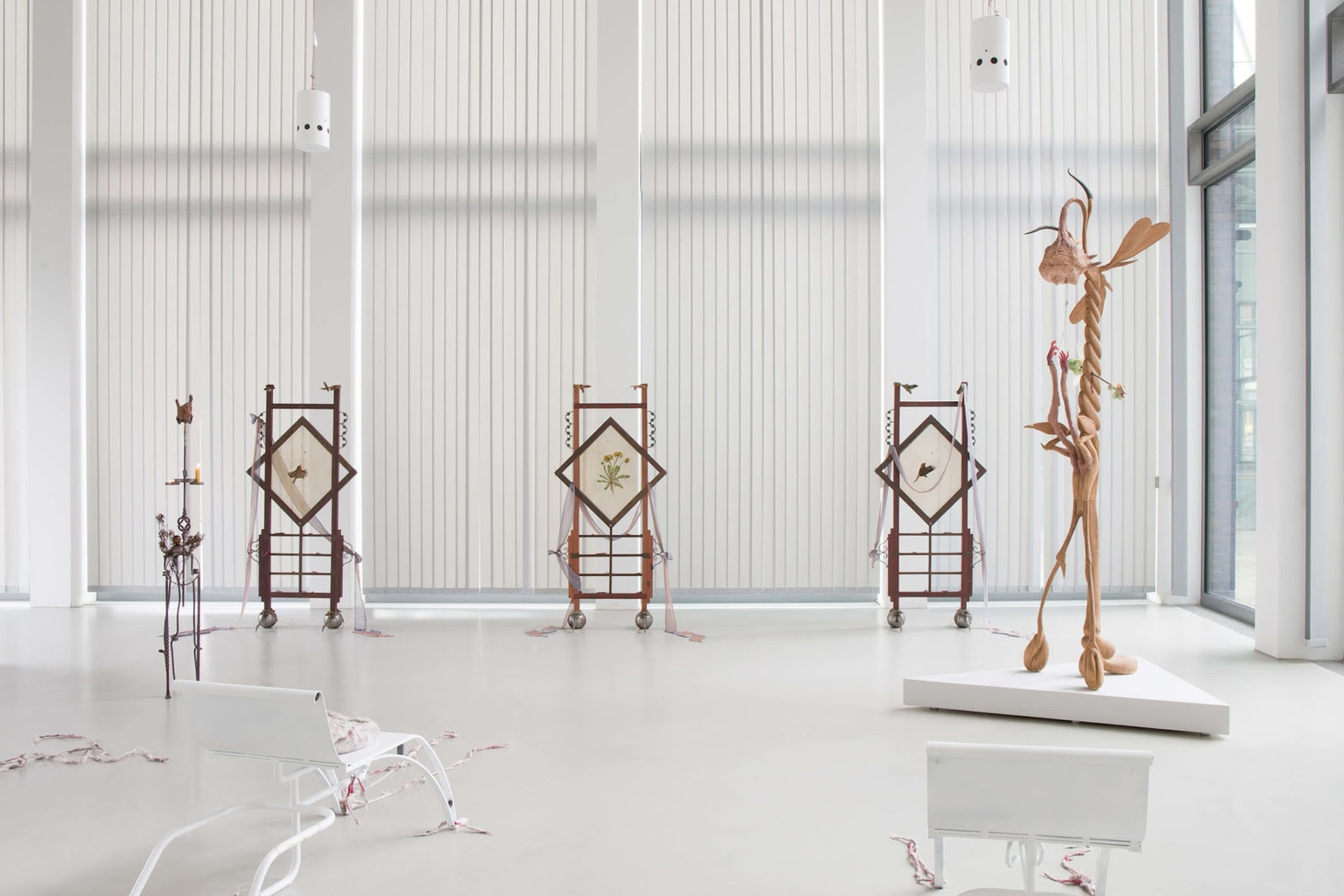Imjingawa
2017 - Film & Video (Film & Video)
24:16 minutes
Hwayeon Nam
Imjingawa is Hwayeon Nam’s first foray into borrowing from the documentary form. The root of the work is a Japanese song with Korean diasporic connotations, which the artist heard inadvertently years ago. While tracking the inception and history of the song, her research explored the song’s potential to live beyond “legal, national, ideological, and geographical barriers.” The song earned its fame when it was introduced to the Japanese band, the Folk Crusaders. The version of Imjingawa sung by the Kyoto-based Folk Crusaders rose to great prominence. However, in 1968, the General Association of Korean residents in Japan submitted a copyright claim to Toshiba Records, claiming that this song was not a Japanese folk song, but a North Korean song composed by Jonghwan Koh with lyrics written by a North Korean poet, Seyoung Park. As a result, the sale of this album was suspended and banned from broadcasts, which ended up drawing more attention and fame as a result. Tracing the time and space where Imjingawa was first sung and disseminated by people who heard it and sung in different ways, Nam discovered the time in which the ‘song’ was commonly shared and inherited. Imjingawa is also linked with the choreographic and performative methodology that the artist has persistently explored through her various works. Dwelling on her comment that “the path of thought is considered a movement,” we are encouraged to study which form the song, that comes from a different time and space, currently takes. Questions are incited by the independent and fragmented objects of the film: What does it mean to know an object? How can we indirectly experience something that ceases to exist? Movement of the artist’s thoughts on the song also carries with it the reality that the song may be sung differently every time.
Hwayeon Nam’s practice employs an artistic language that vigorously investigates the movement and phenomenon of various objects operating in sync with social systems, as well as the structure and nature of time. She unveils a history of human desires as well as collective sensibility, both through the work of tracking discovered archival objects. Her recent work is driven by extensive understanding of choreographic movement, with which her video sequences are finely elaborated. Nam strongly demonstrates her archival epistemology through vigorous exploration of cultural diasporic products such as song and dance; colonial acquisitions and stories of imperialistic treasure collecting; domains of natural science like flora and fauna, astronomy and so on. The subject of her works are mounted with human desires, reproduction of signs, acquisitiveness, and fantasy, fulfilling cultural projections over the long history of human existence. Her works not only pose the fundamental question of how we experience historicized symbols and representation from today’s ubiquitous but uniquely drifting images. Nam has been successful in choreographing and rehearsing time-navigation, through which archives breathe and animate toward the future.
Colors:
Related works sharing similar palette
» see more

© » KADIST
Olga Grotova
2022Our Grandmothers’ Gardens by Olga Grotova is based on the history of Soviet allotment gardens, which were small plots of land distributed amongst the families of factory workers to compensate for poor food supply in a country that was over-producing weapons...

© » KADIST
Juan Obando
2023They/Them by Juan Obando is a video essay and deepfake that uses Adobe Stock clips, maintaining their branded watermark, but animating the scenes underneath with a narrative of self-critical awareness...
Related works found in the same semantic group
» see more

© » KADIST
Sung Hwan Kim
2007An early work in Sung Hwang Kim’s career, the video Summer Days in Keijo—written in 1937 is a fictional documentary, the film is based on a non-fiction travelogue, In Korean Wilds and Villages , written by Swedish zoologist Sten Bergman, who lived in Korea from 1935 to 1937...

© » KADIST
Seulgi Lee
2018The Korean title for U: Repair the cowshed after losing the cow = Too late is —a famous Korean proverb meaning “you are doing something when you are already late to do it”...

© » ARTS EQUATOR
Transcultural Lullabies: Rohingya and Malay folksongs | ArtsEquator Thinking and Talking about Arts and Culture in Southeast Asia ArtsEquator Viewpoints October 6, 2020 Rohingya poet Mayyu Ali and Malaysian artist Sharon Chin collaborate in this meaningful project that looks at Rohingya and Malay lullabies and folksongs...

© » KADIST
Che Onejoon
2018Che Onejoon’s unsettling video My Utopia opens with a round table of women asking and answering the questions “Who am I? Where did I come from? Where should I go?” One of the women featured is Monique Macías, the daughter of Francisco Macías Nguema, the first Prime Minister of Equatorial Guinea...


